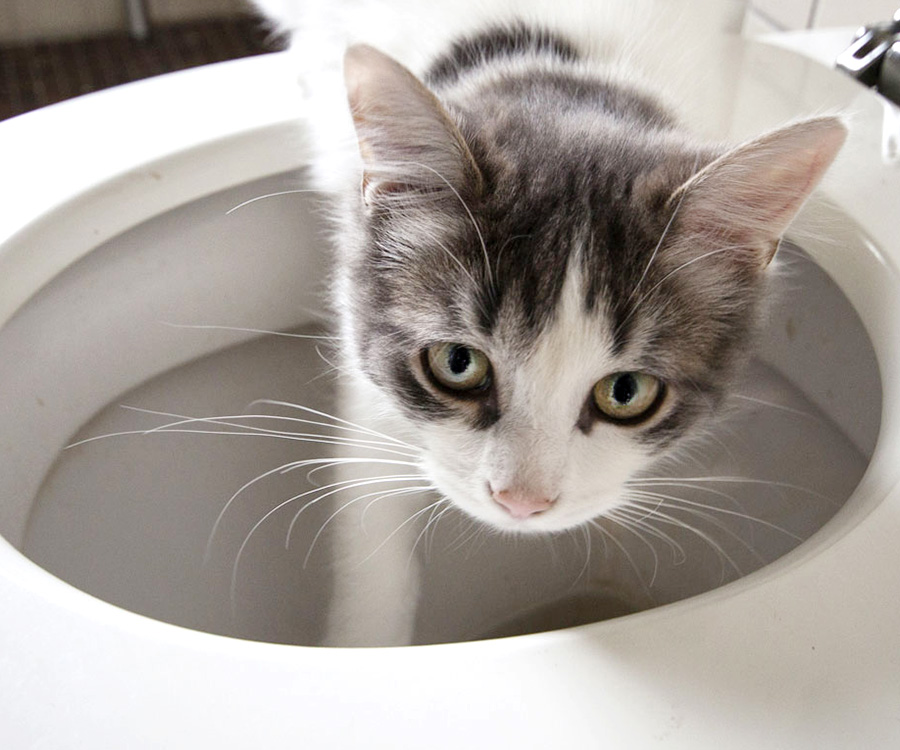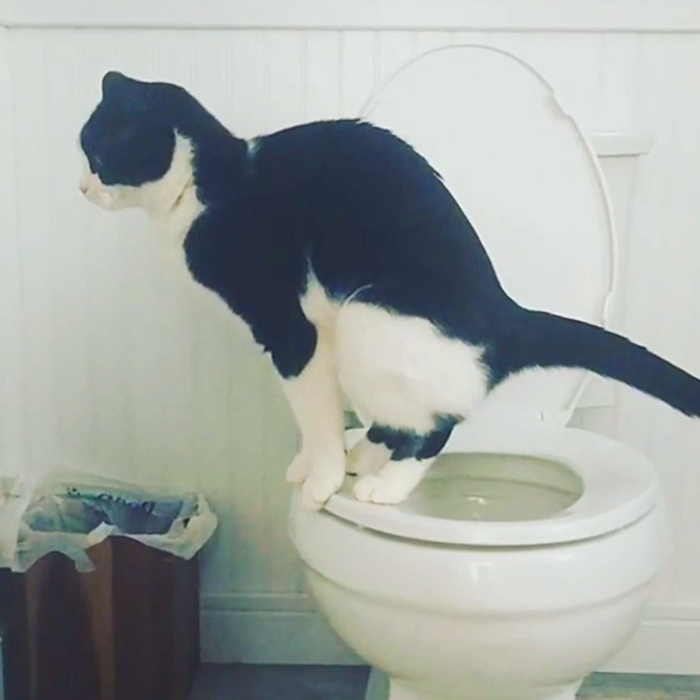Leading Causes to Stay away from Flushing Animal Waste Down the Toilet
Leading Causes to Stay away from Flushing Animal Waste Down the Toilet
Blog Article
Just how do you feel when it comes to Can You Flush Dog and Cat Poo Down the Toilet??

When it comes to getting rid of waste, specifically animal waste, lots of people usually turn to the convenient option of flushing it down the bathroom. Nonetheless, this relatively very easy solution can have major consequences for the atmosphere and public health. In this short article, we'll check out why flushing animal waste down the commode is a poor concept and supply alternative techniques for correct disposal.
Introduction
Proper waste disposal is crucial for maintaining environmental sustainability and public health. While it may appear safe to purge animal waste down the commode, it can bring about numerous problems, both for the atmosphere and human well-being.
Risks of flushing animal waste
Environmental impact
Purging animal waste introduces dangerous microorganisms and pathogens right into waterways, which can adversely influence water environments. These pathogens can pollute water sources and harm aquatic life, disrupting delicate environments.
Public health problems
Animal waste includes damaging germs such as E. coli and Salmonella, which can position serious wellness dangers to people. Purging pet waste down the toilet can pollute water materials, causing the spread of conditions and infections.
Alternatives to flushing
Instead of flushing pet waste down the bathroom, there are numerous different disposal methods that are a lot more eco-friendly and sanitary.
Composting
Composting animal waste is a green way to deal with it. By composting, organic matter is broken down into nutrient-rich dirt, which can be utilized to fertilize gardens and plants.
Landfill disposal
Getting rid of animal waste in a landfill is another option. While not as environmentally friendly as composting, it is a more secure choice to flushing, as it protects against the contamination of water resources.
Pet garbage disposal systems
There are specialized family pet garbage disposal systems available that safely and hygienically deal with animal waste. These systems commonly make use of enzymes to break down waste and get rid of odors.
Actions to proper animal garbage disposal
To ensure proper disposal of animal waste, follow these steps:
Scooping and getting waste
Routinely scoop and bag pet waste making use of biodegradable bags. This prevents waste from contaminating the atmosphere.
Utilizing assigned waste containers
Dispose of bagged animal waste in designated waste bins, such as compost bins or land fill containers. Prevent flushing it down the bathroom at all costs.
Cleaning up litter boxes and animal locations regularly
Consistently clean can and family pet locations to prevent the accumulation of waste and microorganisms. Use pet-safe cleaning products to preserve hygiene.
Benefits of proper disposal approaches
Embracing proper disposal techniques for pet waste uses several advantages:
Reduced environmental pollution
Correct disposal methods minimize the risk of environmental pollution, protecting rivers and ecosystems from contamination
Reduced threat of water contamination.
By avoiding flushing pet waste down the toilet, the danger of water contamination is considerably reduced, securing public health.
Enhanced hygiene and health
Correct disposal approaches advertise much better sanitation and hygiene, developing a more secure setting for both people and animals.
Verdict
Finally, flushing pet waste down the commode is damaging to the atmosphere and public health. By adopting alternate disposal techniques and adhering to appropriate waste management techniques, we can lessen the negative influence of pet waste and contribute to click here a cleaner, much healthier planet.
What To Do With Dog Poo – The Do's And Don'ts Of Disposing Of Faeces
Dog poo bins
Some councils provide dedicated dog waste bins in popular dog-walking areas that can take dog poo that has been bagged but you can legally dispose of dog waste in any public litter bin, as long as it is securely bagged. This also applies to your wheelie bin at home.
Do not flush
Water companies do not recommend flushing dog faeces down the toilet because certain parasites can survive the water processing treatment and are potentially harmful to humans. You should also never consider flushing dog poo that has been bagged down the toilet as the bags will not break down and instead create severe blockages in the sewage system.
In the woods
The Forestry Commission promotes a ‘stick and flick’ method for dealing with waste in the woods. This means finding a stick and using it to flick any poo from off the path so that it is out of the way of other walkers. You could also bury it as long as it is not in an area where there might be livestock.
Livestock
Parasites found in dog poo can be transmitted to livestock if they inadvertently eat infected faeces that has been left on grazing land. This could result in the death of sheep or abortion in cattle so you should always make sure you pick up your dog’s waste in fields where livestock could be present.

Consistently clean can and family pet locations to prevent the accumulation of waste and microorganisms. Use pet-safe cleaning products to preserve hygiene.
Benefits of proper disposal approaches
Embracing proper disposal techniques for pet waste uses several advantages:
Reduced environmental pollution
Correct disposal methods minimize the risk of environmental pollution, protecting rivers and ecosystems from contamination
Reduced threat of water contamination.
By avoiding flushing pet waste down the toilet, the danger of water contamination is considerably reduced, securing public health.
Enhanced hygiene and health
Correct disposal approaches advertise much better sanitation and hygiene, developing a more secure setting for both people and animals.
Verdict
Finally, flushing pet waste down the commode is damaging to the atmosphere and public health. By adopting alternate disposal techniques and adhering to appropriate waste management techniques, we can lessen the negative influence of pet waste and contribute to click here a cleaner, much healthier planet.
What To Do With Dog Poo – The Do's And Don'ts Of Disposing Of Faeces
Dog poo bins
Some councils provide dedicated dog waste bins in popular dog-walking areas that can take dog poo that has been bagged but you can legally dispose of dog waste in any public litter bin, as long as it is securely bagged. This also applies to your wheelie bin at home.
Do not flush
Water companies do not recommend flushing dog faeces down the toilet because certain parasites can survive the water processing treatment and are potentially harmful to humans. You should also never consider flushing dog poo that has been bagged down the toilet as the bags will not break down and instead create severe blockages in the sewage system.
In the woods
The Forestry Commission promotes a ‘stick and flick’ method for dealing with waste in the woods. This means finding a stick and using it to flick any poo from off the path so that it is out of the way of other walkers. You could also bury it as long as it is not in an area where there might be livestock.
Livestock
Parasites found in dog poo can be transmitted to livestock if they inadvertently eat infected faeces that has been left on grazing land. This could result in the death of sheep or abortion in cattle so you should always make sure you pick up your dog’s waste in fields where livestock could be present.

As an enthusiastic reader on 10 Things You Should Never Flush Down The Toilet, I figured sharing that excerpt was a great idea. Are you aware of somebody else who is inquisitive about 10 Things You Should Never Flush Down The Toilet? Do not hesitate to promote it. Many thanks for taking the time to read it.
Call Report this page